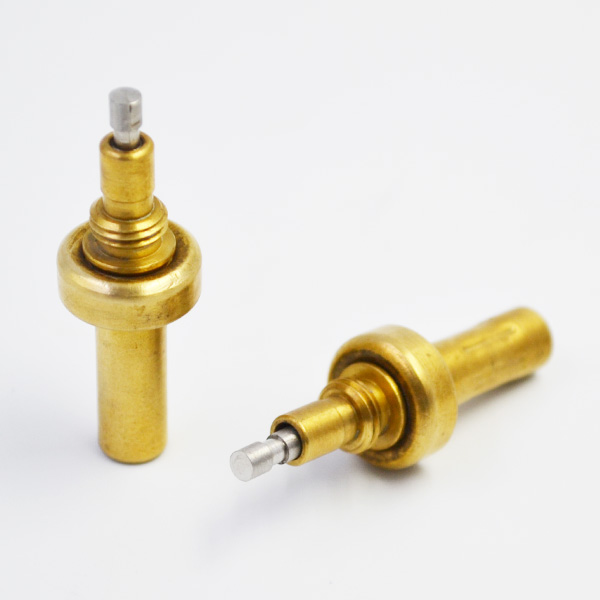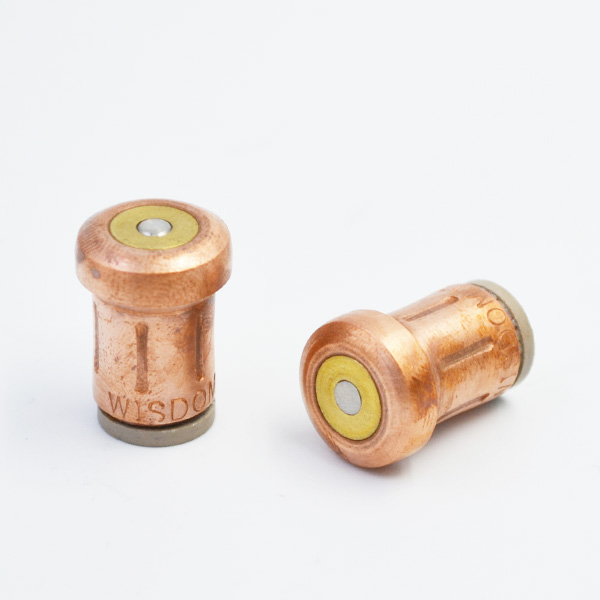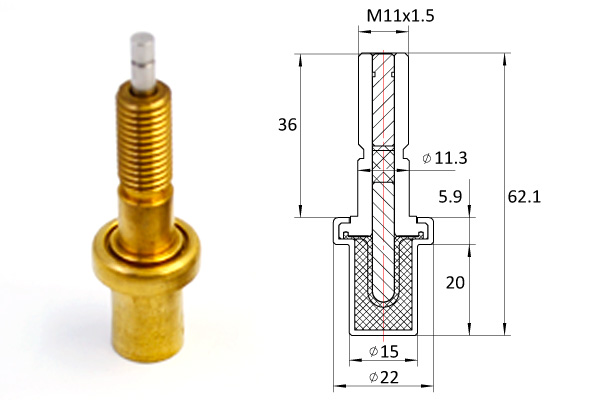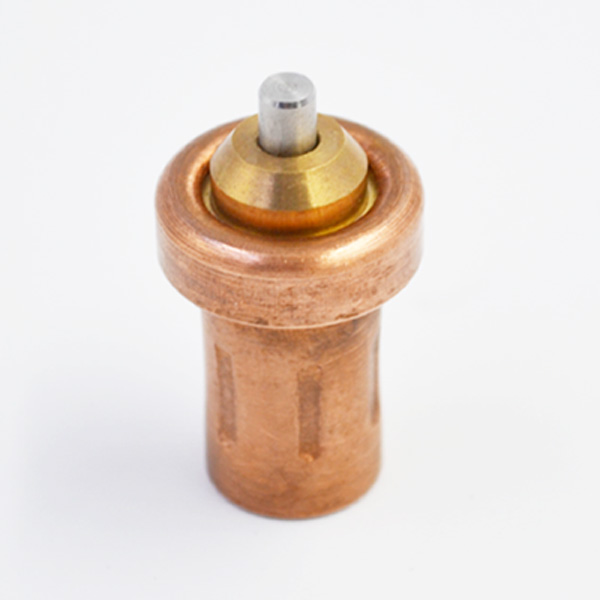In recent years, with the dramatic improvement of people’s living standards, people put forward higher requirements for the comfort of living environment. In this context, the application of air conditioning in residential buildings is increasing. With the increasing of domestic air-conditioning, the overall energy consumption of residential buildings has further increased, which is contrary to the energy-saving concept advocated by the state. Therefore, it is necessary to reduce the energy consumption of air-conditioning.

Based on this, the development history of frequency conversion fuzzy controller for household air conditioning system is briefly analyzed.
Then the design of frequency conversion fuzzy controller for household air conditioning based on frequency conversion technology is discussed, hoping to help reduce the energy consumption of air conditioning. Fuzzy control, also known as fuzzy logic control, belongs to the category of non-linear control. Based on the theories of fuzzy set theory and fuzzy linguistic variables, it adopts the hybrid control process represented by non-mathematical generalized world model and mathematical formula model, and takes knowledge as the basis of reasoning to guide the solving process.
In 1980s, the Japanese heavy industry researched and developed the variable frequency fuzzy controller with constant temperature as the target. Since then, the frequency conversion fuzzy control of the air conditioning system has been officially opened.
Later, some experts and scholars in China have studied and developed the fuzzy logic controller of the thermal comfort of the air conditioning system based on the successful experience of the predecessors. The application of fuzzy logic control in HVAC system is studied in this paper.
Specific methods and ways of establishing and correcting fuzzy control rules are put forward, and the characteristics of multilevel relays of fuzzy controllers are analyzed. In 1995, the Japanese company simulated the experimental study of train fuzzy air conditioning system from the angle of human comfort based on PMV theory, according to PMV=0. Comfort rules, re-determined the temperature setting value, and used fuzzy logic to infer the temperature error and its rate of change, determine the output of the compressor, thermostatic element and then make the temperature in the carriage within the most comfortable temperature range of human body feeling; thereafter, the central air-conditioning system began to gradually apply the single-loop PID controller. Because of its simple structure and convenient operation, single-loop PID controller has been rapidly promoted. The following focuses on the design of home air conditioning variable frequency fuzzy controller based on frequency conversion technology.
Frequency conversion technology is a kind of conversion technology that can convert DC current into AC with different frequencies. By using this technology, not only can AC be converted into DC and then reversed into AC with different frequencies, but also DC can be converted into AC and then AC into DC. In the process of frequency conversion, the electric energy itself will not change, but the frequency has changed to varying degrees. The application of this technology in air-conditioning system can not only save electricity, but also significantly reduce noise and vibration, ensure the operation stability of air-conditioning, thus prolonging the service life of air-conditioning.

Fuzzy control refers to the application of knowledge in the fields of fuzzy set theory, fuzzy linguistic variables and fuzzy logic reasoning to control methods. By simulating human’s fuzzy thinking method, it can effectively control the control objects which are difficult to be described by precise mathematical models. The output of the fuzzy controller is based on the rules of the control process and inferred on the basis of observing the state of the process. Fuzzy controller includes three concepts: measurement information, reasoning mechanism and output fuzzy set. Normally, its composition is shown in Figure 1.
The frequency conversion range of the conventional home variable frequency air conditioning compressor can be divided into several sections on average. For example, the range of 20-120 Hz can be divided into 20 sections, i.e. adjusting upward or downward at intervals of 5 Hz. Although the adjustment effect of air conditioning has been improved after this division, it has not fully demonstrated the advantages of frequency conversion air conditioning, such as fast response, easy control, energy saving and high efficiency.
The application of fuzzy control technology in variable frequency air conditioning can improve the performance of air conditioning itself. The proposed fuzzy controller adopts a two-dimensional structure of single variable and takes temperature difference and its change rate as variables.

The introduction of temperature difference change rate can reflect ambiguously the environmental factors, and the controller which takes it as a variable can further improve the intelligent level of air conditioning. The design of the fuzzy controller includes the fuzzification of the measured values, the determination of the fuzzy rules, the fuzzy reasoning and the de-fuzzification. In essence, the “fuzzification” refers to the process of fuzzifying the precise input and finding the corresponding membership degree according to the membership function of the fuzzy subset of the input variables. In this process, the output is often changed to a fuzzy set on the corresponding universe. Because the result of reasoning belongs to fuzzy quantity, it can not be used as control quantity directly, so it needs to be defuzzified and converted into clear output control quantity, so as to effectively control the control object. Usually, the control quantity calculated by the computer can be regarded as the precise quantity. In order to realize the fuzzy control algorithm, it is necessary to fuzzify the precise quantities, so that they can be transformed into fuzzy quantities. It is assumed that the variation range of a linguistic variable is [a1, b1], and that of a linguistic variable is [ka1, kb1] after the quantization factor K transformation.

According to the size of Y value, the membership assignment table is checked and classified into a certain kind of fuzzy subset. In the design of fuzzy controller, the design of fuzzy control rules is the core part. Fuzzy control rules are a kind of language description based on the experience of manual control. Therefore, the induction of manual control strategies with the help of related languages is essentially the process of establishing control rules. In summary, based on the brief introduction of the development history of the variable frequency fuzzy controller for household air conditioning system, this paper discusses the design of the variable frequency fuzzy controller for household air conditioning based on the variable frequency technology.

Through the application of fuzzy control technology, the overall performance of frequency conversion air conditioning is further improved, which is not only conducive to the reduction of air conditioning energy consumption, but also conducive to extending the life of air conditioning.
